
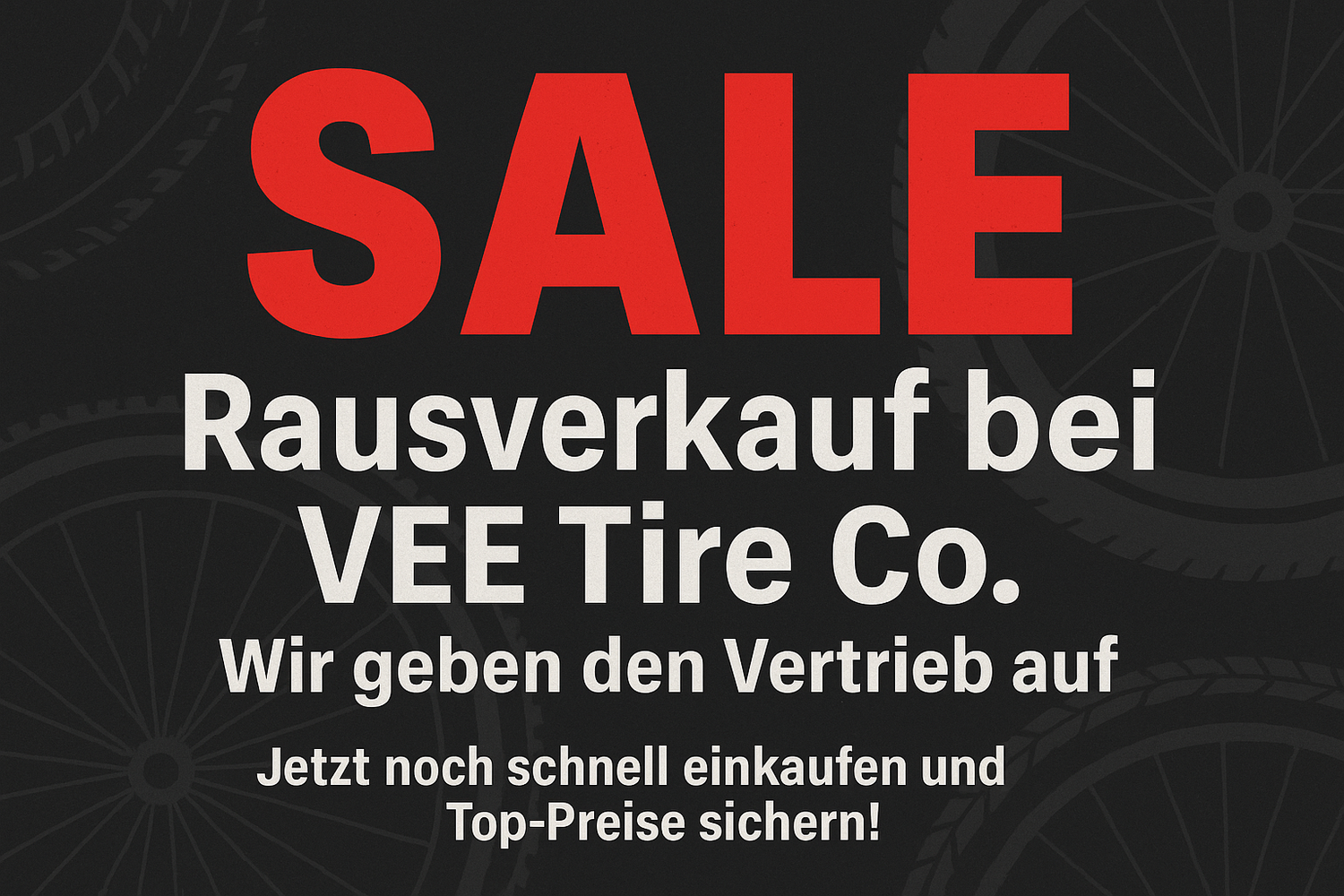
VEE Tire Co Bicycle Tires
#vegeileistdasdenn
Welcome, Welcome to, Velkommen til, Tervetuloa, Bienvenue sur, Benvenuti a, Welkom bij, Bienvenido a
Discover the world of VEE Tire Co - your first port of call for high-quality bicycle tires and tubes for every type of bike and every terrain. From gravity and enduro tires to fat bike and children's bike tires to mountain bike, city trekking, BMX and gravel tires, we offer a wide range of products for every application. With a selection from 12" to 36", we have the right size for every bike. Trust the quality, performance and versatility - with VEE Tire Co you are equipped for every adventure.
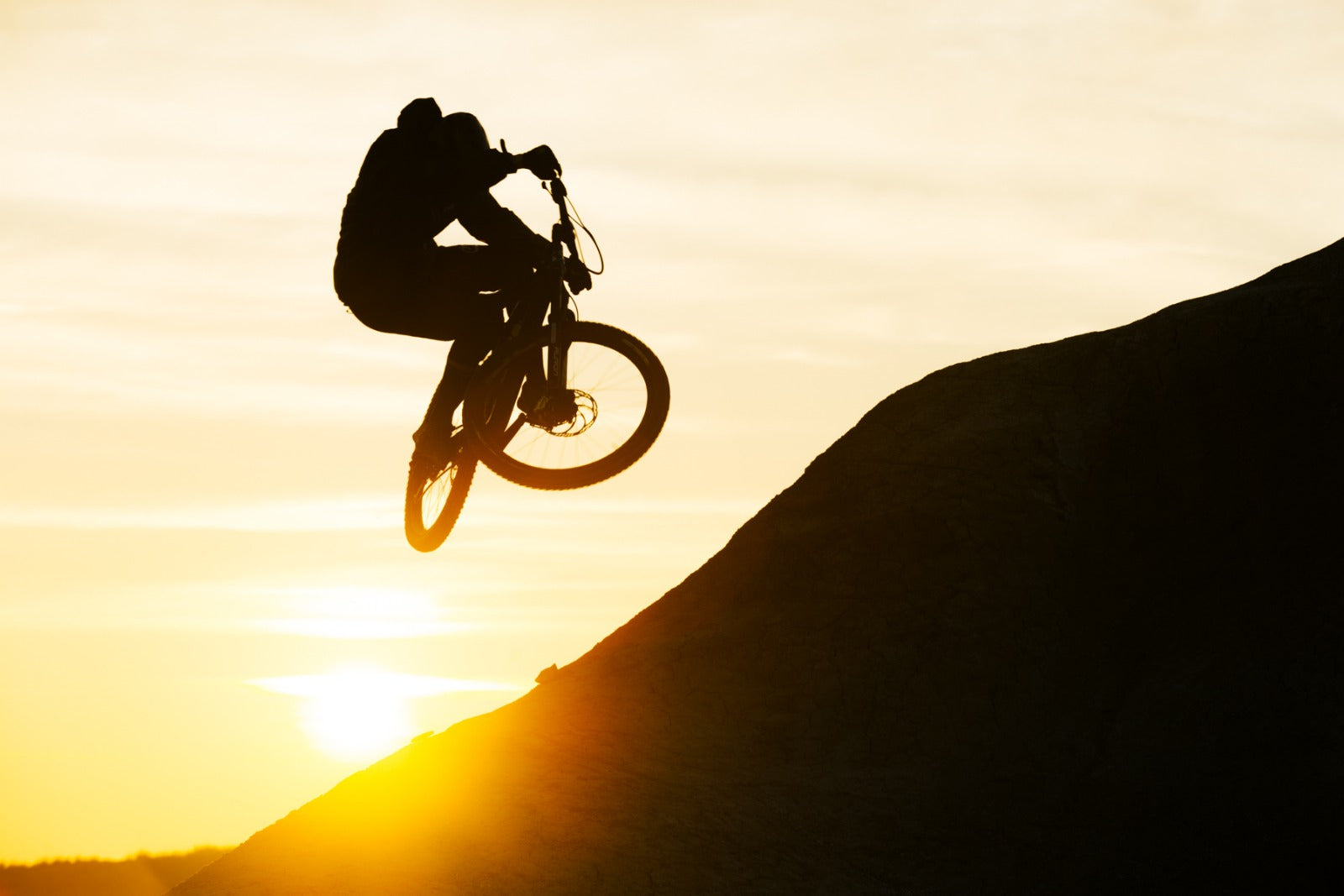
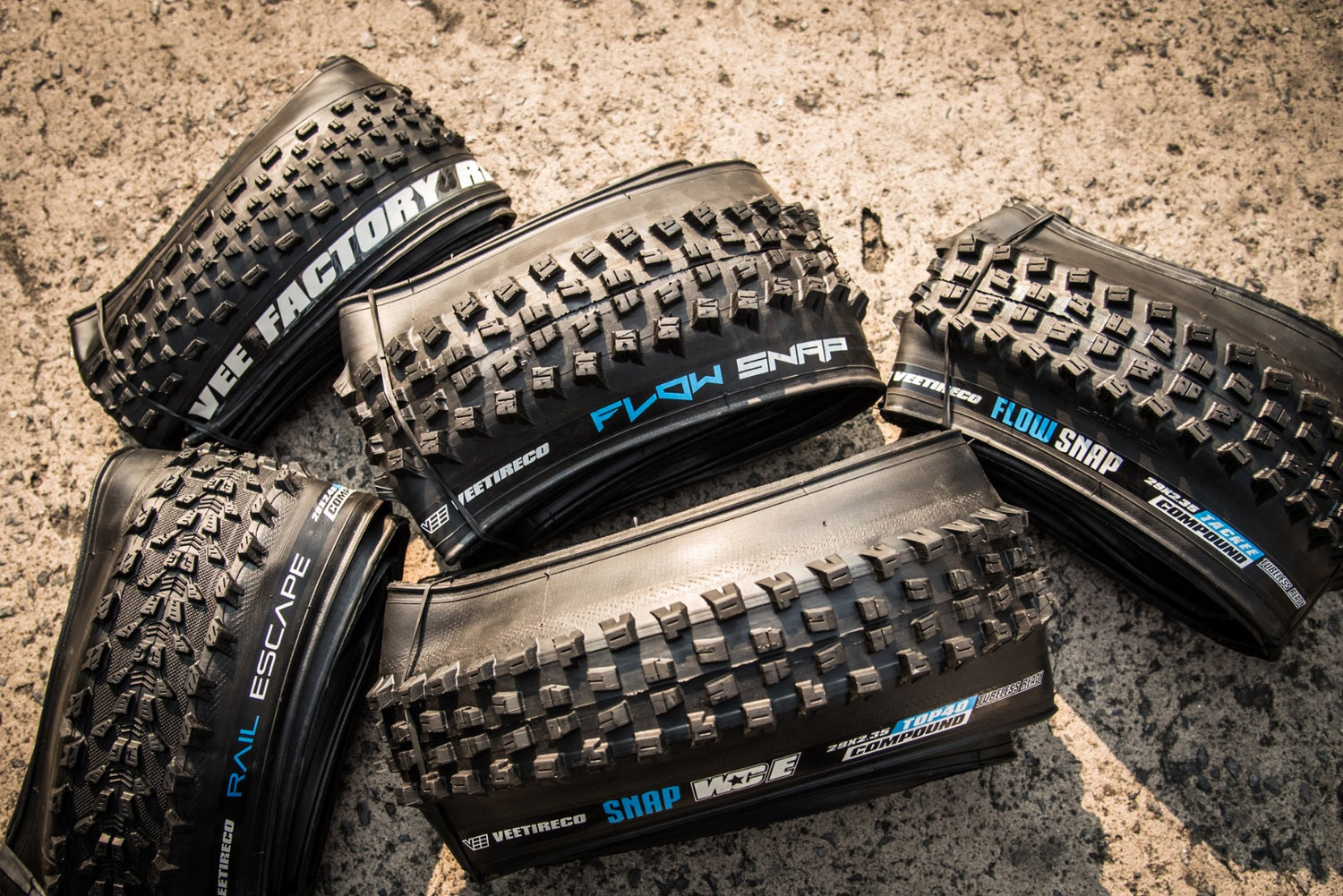
VEE Tire’s Mission
What makes VEE Tire Co special, what makes the tires special and why should you choose VEE Tire Co tires?
With multiple columns
Button label-
VEE TIRE CO DISTRIBUTION
Buy from the official VEE TIRE distributor for Germany
-
SHIPPING FASTER
We ship all our tires reliably with DHL
-
BUY 100% SAFE
Secure payment processing with numerous payment methods
-
EASY ORDERING
With the one-page checkout, ordering is super easy
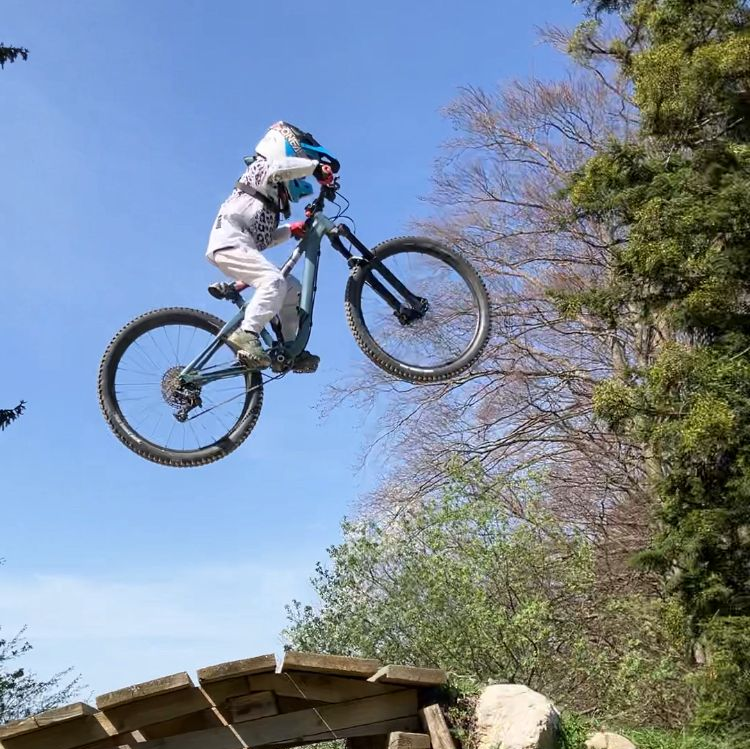
service
Button labelALWAYS BE UP TO DATE
Why should you subscribe to our newsletter?
- Know more than others
- Get a 10 € voucher
- Always be the first to know
- Exclusive offers
Customer reviews
Button label-
Fast delivery
Great product, very fast delivery, makes shopping fun.
-
Great value for money
Great tires at a good price and delivered quickly - would buy again!
-
Great support
Extremely courteous and helpful support! Great price and lightning-fast delivery. Thank you very much!
-
Great stud arrangement
Rail RoccoFirst of all, I think it rolls very well, especially on flat surfaces (solid gravel or forest paths)! And I also like the stud arrangement. It offers the necessary grip on dry roots and rolls over them well.
-
A new driving experience
Flow Snapin the new grip area and lean angle with the tube mounted. The studs really bite into the ground on firm, sandy forest ground. The tire makes you want to lean more.
-
Runs nice and smoothly
Rail Jr.The tire rides great, runs smoothly and overall makes a very high-quality impression. It has enough grip uphill, especially on dry or slightly damp surfaces.
The Snap Trail in the test
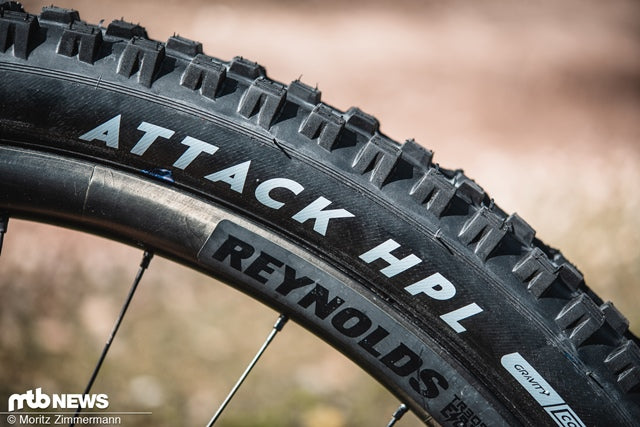
Test report MTB News
"Lots of grip, plenty of cushioning and support, even when things get really tough."
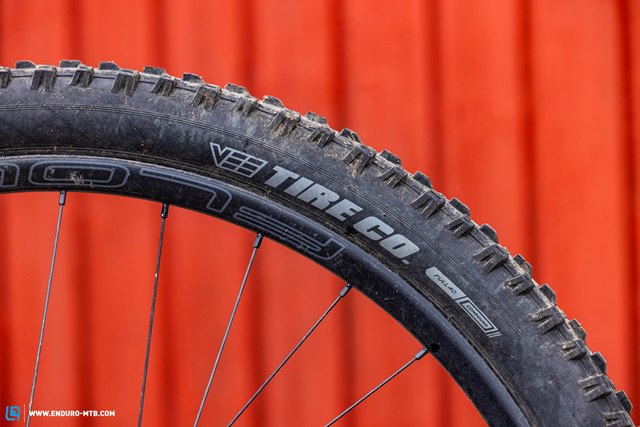
Test report Enduro Magazine
"The tires score points with predictable handling on all surfaces and with plenty of grip, even when it gets wet."